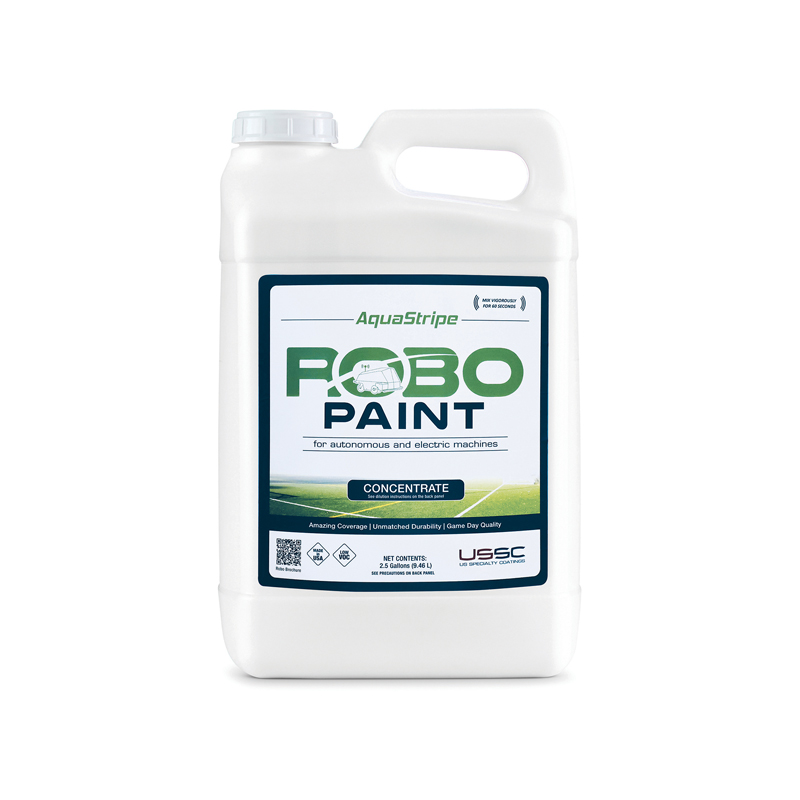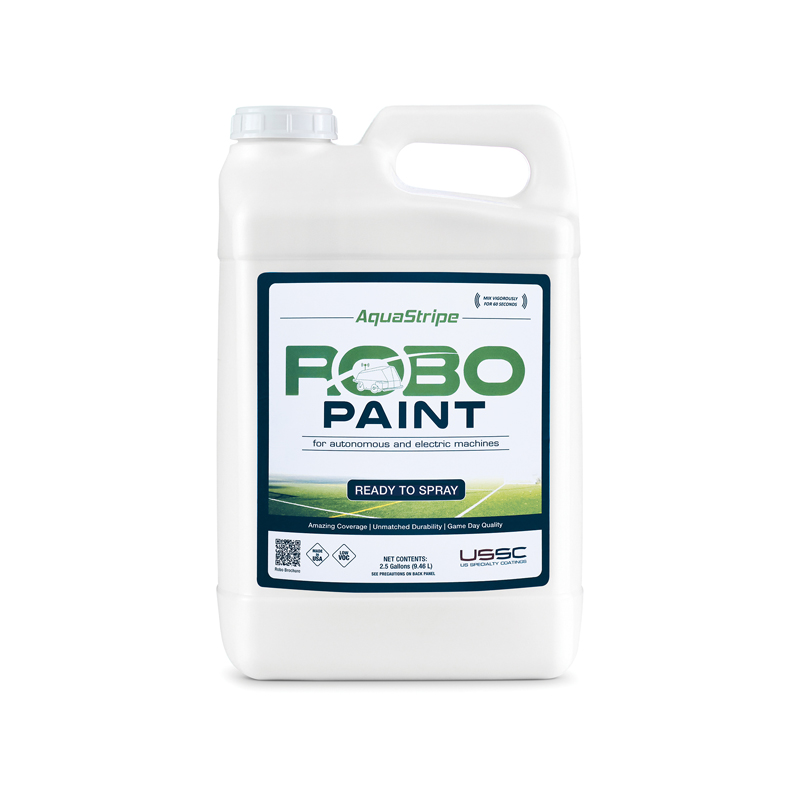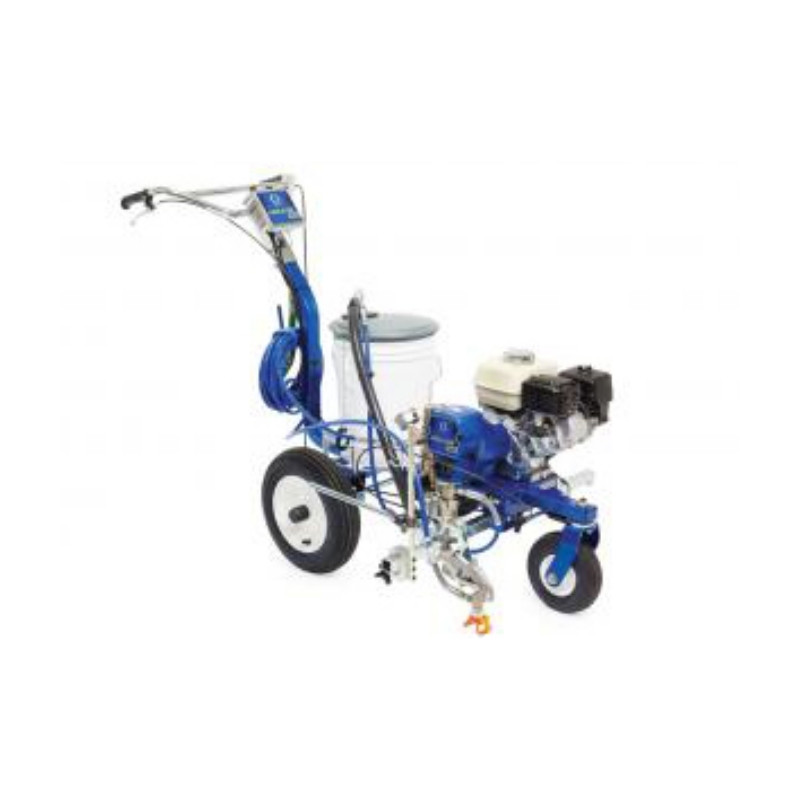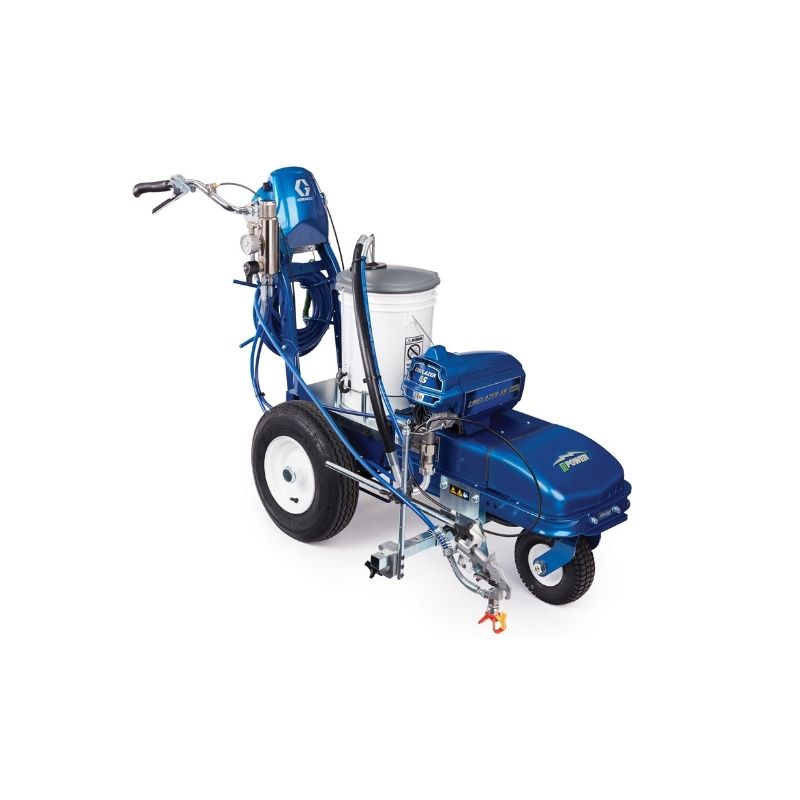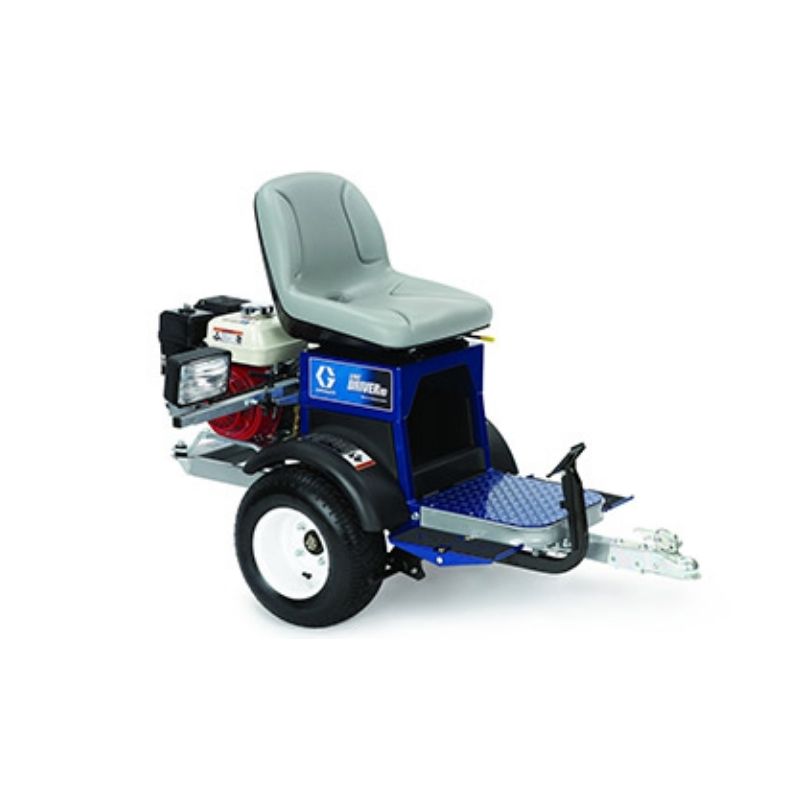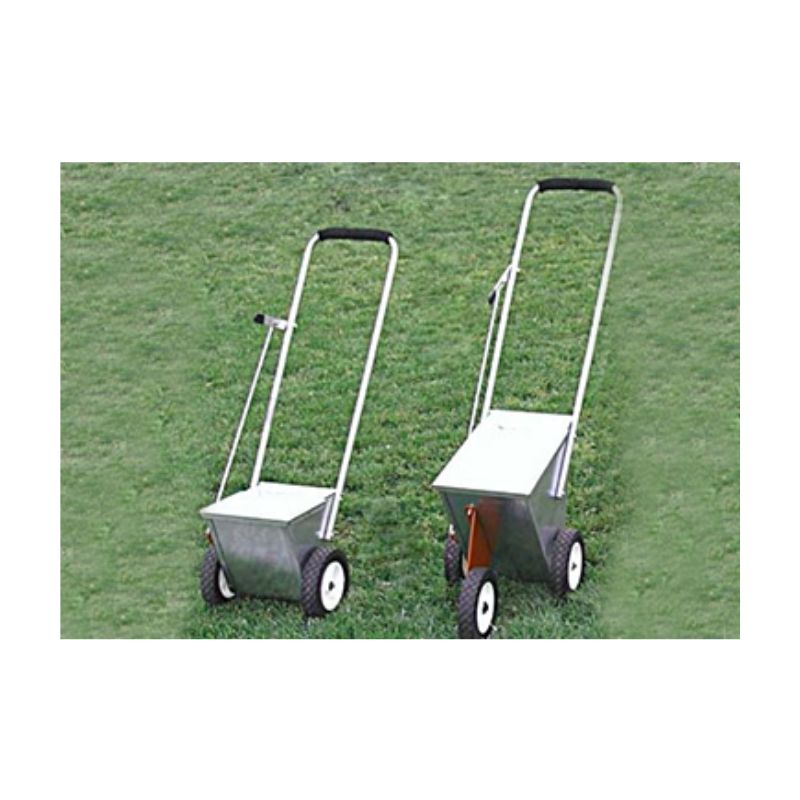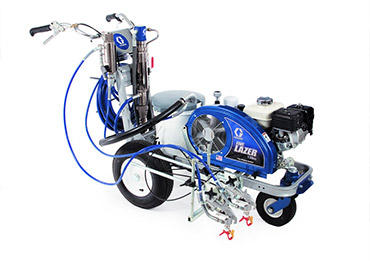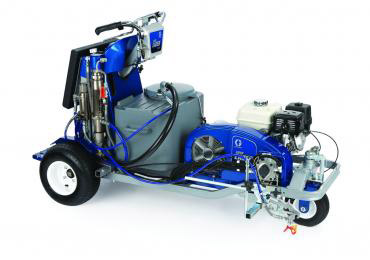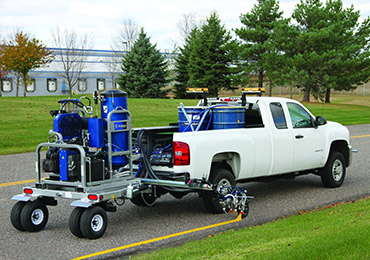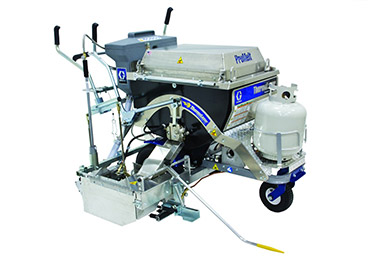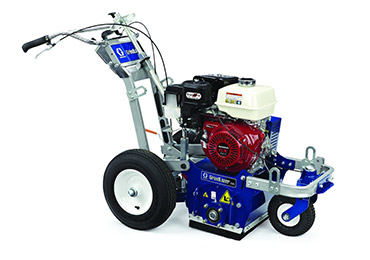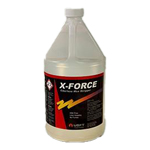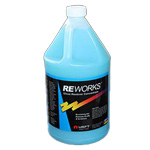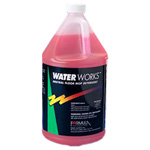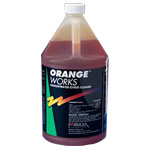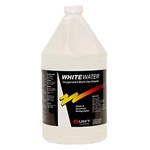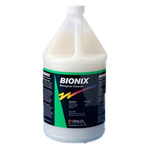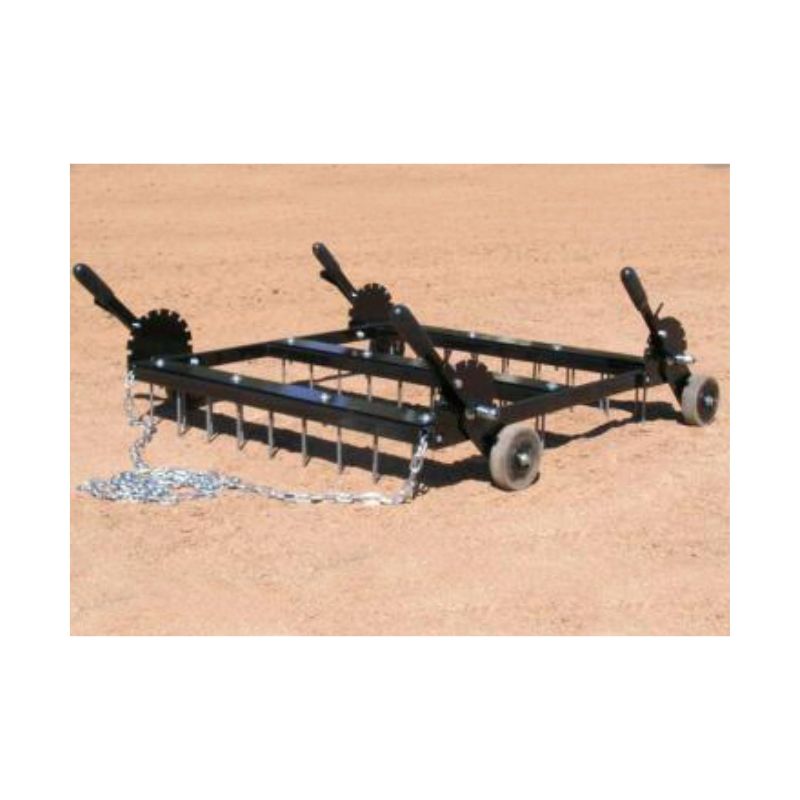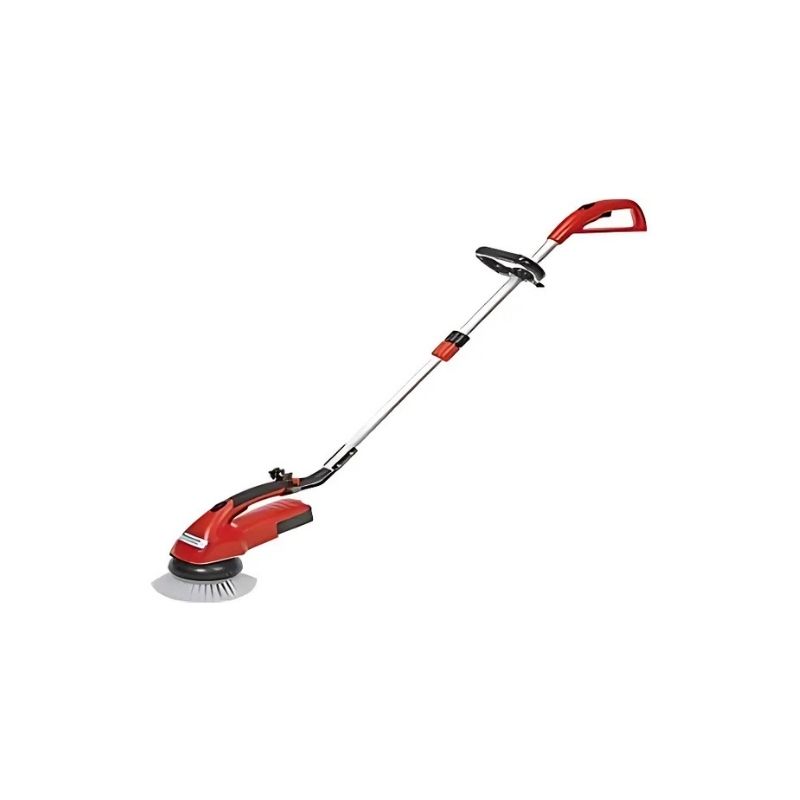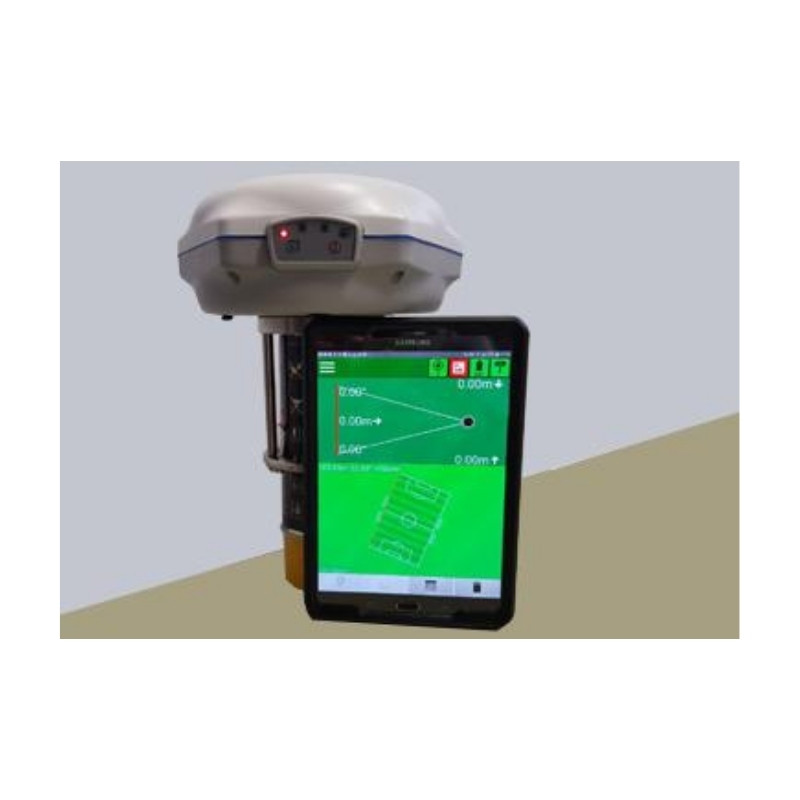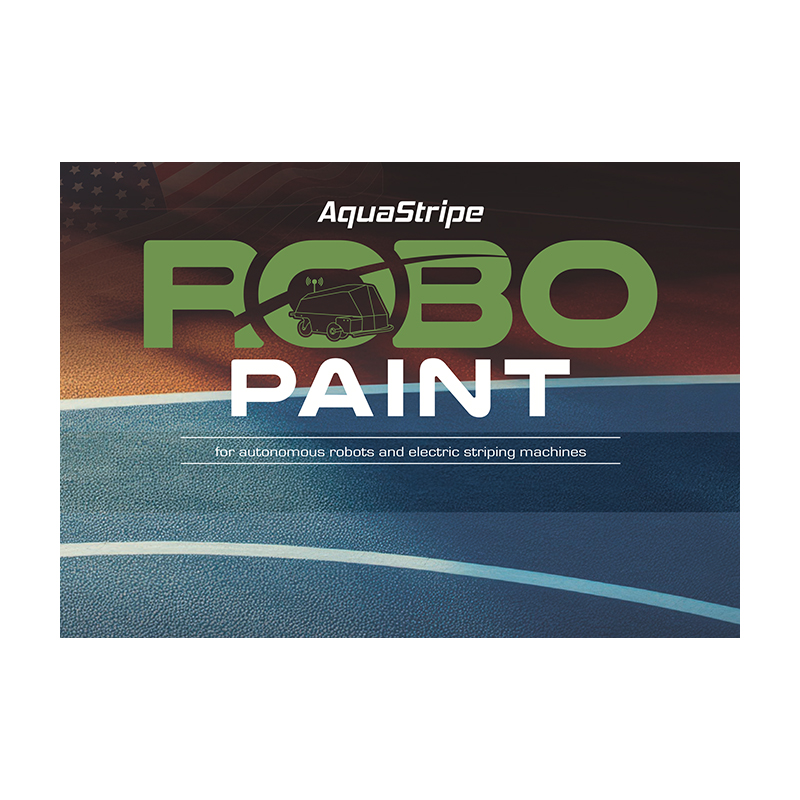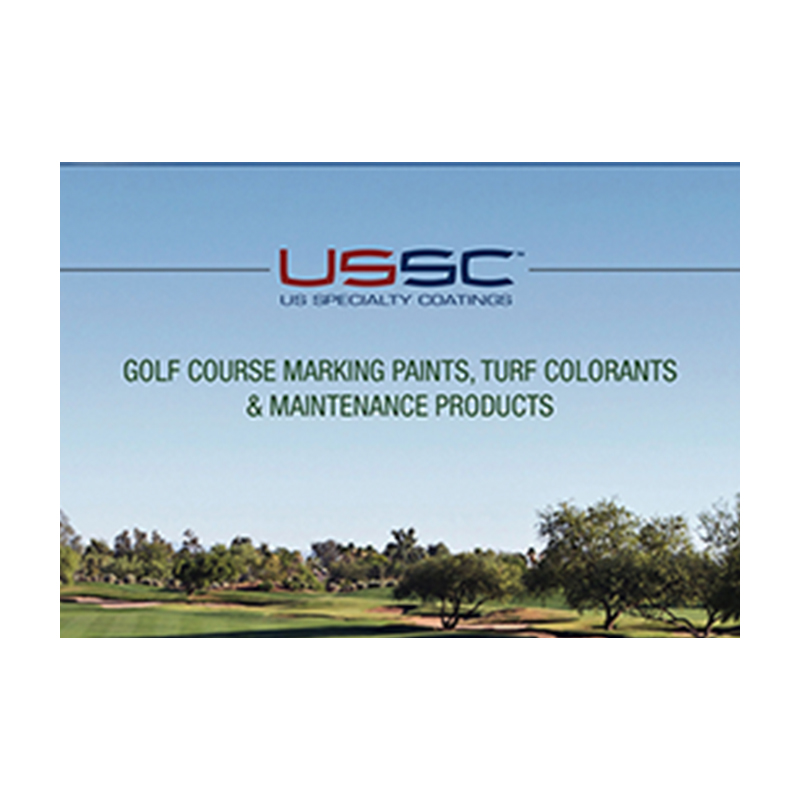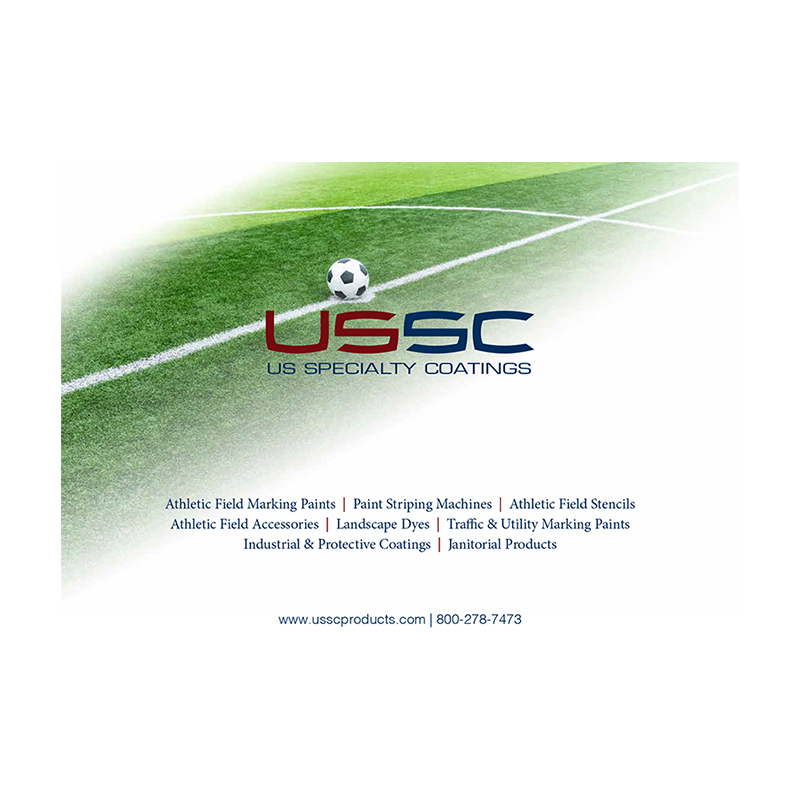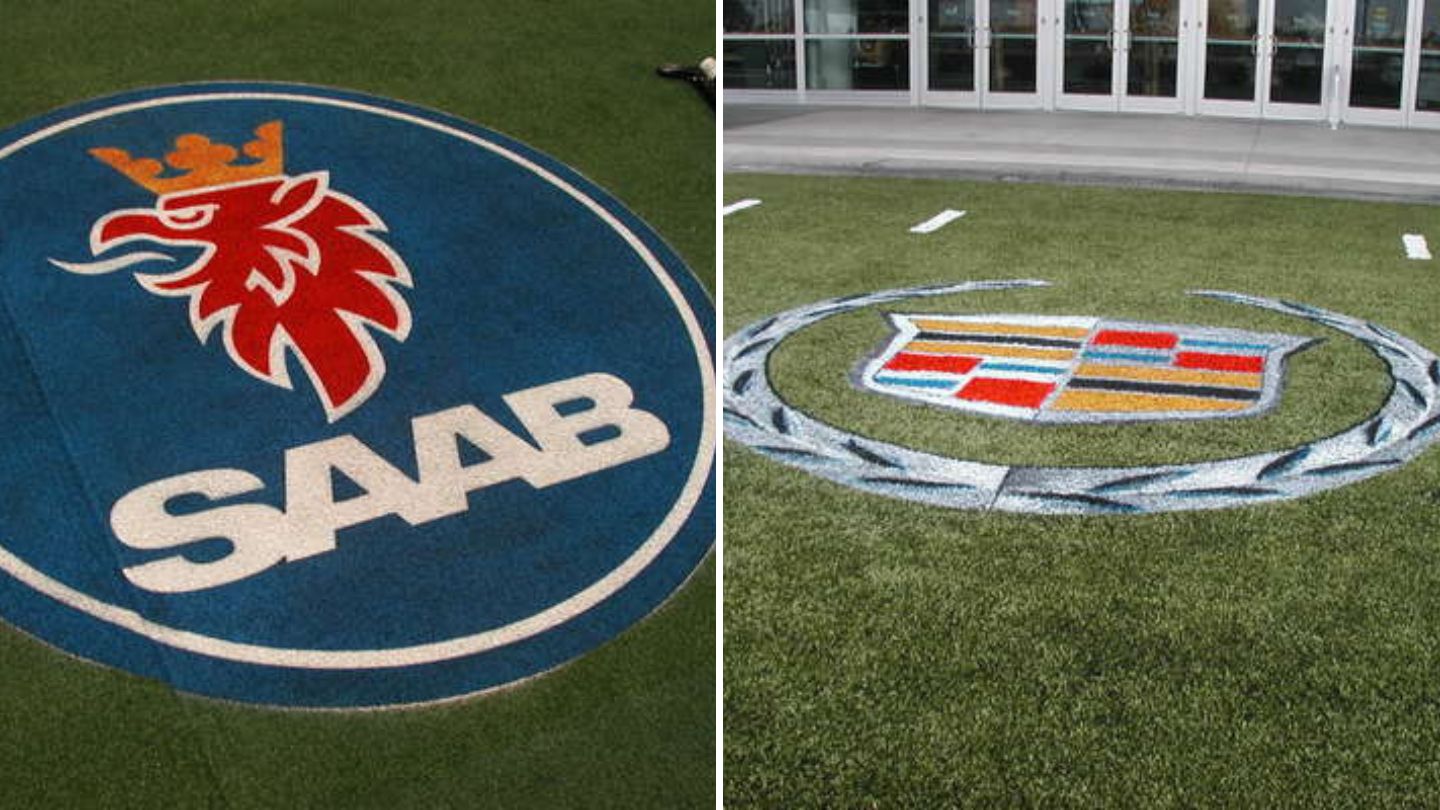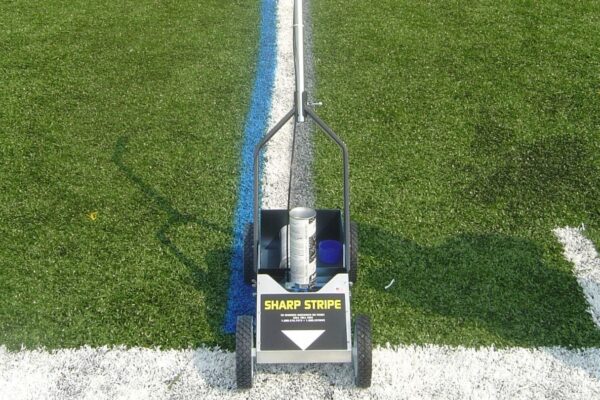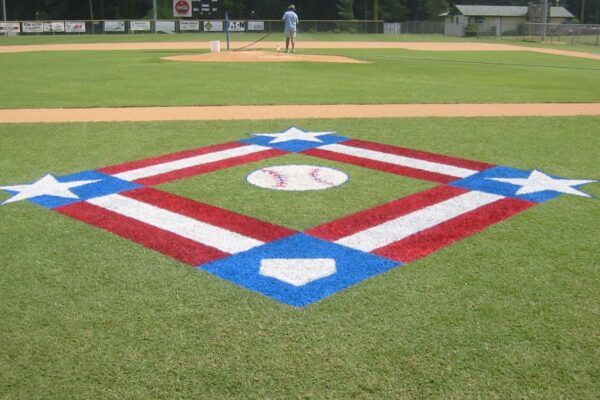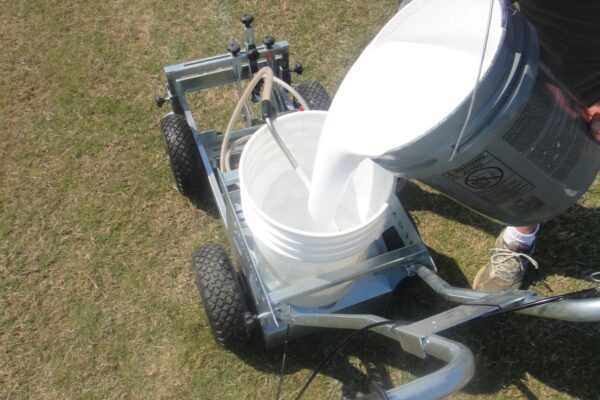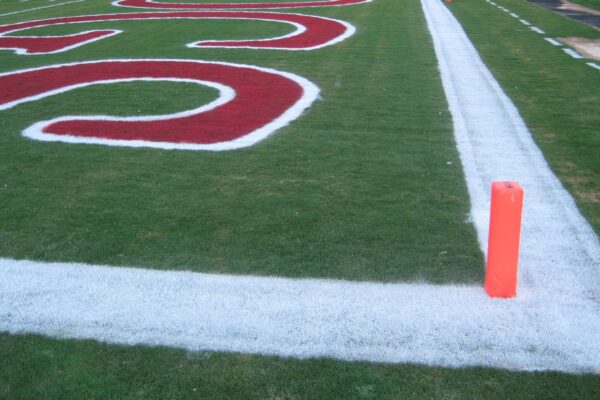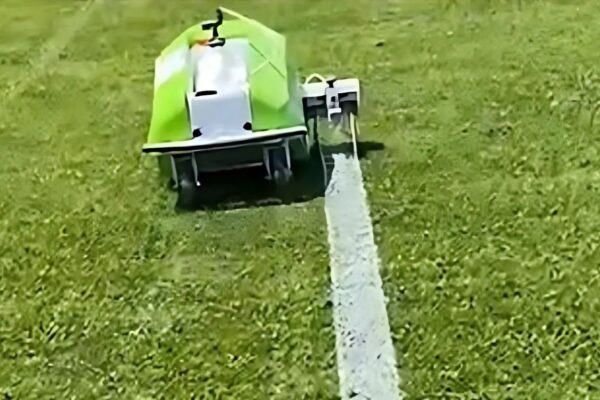The Ultimate Field Maintenance Checklist for Sports Facilities
Proper sports field care is essential for ensuring athlete safety and consistent playability. Regular upkeep preserves turf health, prevents costly damage, and keeps facilities visually appealing for games and events. From irrigation management to soil treatments, every maintenance step supports long-term performance. Proactive inspections also reduce unexpected repairs and downtime. In this blog, we detail critical maintenance tasks that keep sports fields safe, durable, and game-ready year-round.
Key Takeaways
- Routine field maintenance tasks, including mowing, irrigation, and debris removal, are essential for ensuring the safety, usability, and longevity of sports facilities.
- Specialized equipment and smart irrigation systems play crucial roles in maintaining both natural and synthetic turf, optimizing field conditions and promoting player safety.
- Regular safety inspections and thorough cleaning routines in locker rooms and facilities are vital for preventing injuries and maintaining a hygienic environment for athletes and staff.
Critical Field Maintenance Tasks
Sports facility maintenance includes essential tasks that ensure the field’s longevity and safety. High-quality sports fields need regular maintenance, especially during key times of the year. Consistent routines reduce injury risks and enhance field usability. A comprehensive turf care approach is necessary for safety, attractiveness, and durability.
Knowing the necessary tasks and effectively using resources is key to good maintenance results. Proper planning and execution optimize resources and improve field quality. The right approach makes sports field maintenance manageable, ensuring athletes perform on a safe and well-prepared surface.
Focus on mowing frequency and techniques, effective irrigation, and debris removal. Regular and correct performance of these tasks drastically improves the condition and performance of athletic fields through athletic field maintenance.
Mowing Frequency and Techniques
Mowing is one of the most vital tasks in sports facility maintenance. From April to October, fields should ideally be mowed twice a week to maintain health and appearance. During the cooler months of November through February, mowing frequency can be reduced to twice a month. Overall, about 70 projected mowings per year are expected to keep the fields in optimal condition.
Consistency in mowing schedules is crucial. During summer, follow these guidelines:
- Mow at least once a week for healthy growth.
- Remove clippings after each session to prevent thatch buildup.
- Maintain field quality using techniques like sweeping, vacuuming, or collecting clippings.
Vary mowing patterns to:
- Minimize wear and tear on the grass
- Enhance field appearance
- Promote even growth
- Prevent weak spots
Proper planning and execution of these techniques maintain healthy turf that withstands athletic use.
Effective Irrigation Strategies
A consistent watering schedule maintains healthy turf and field appearance. Both over-watering and under-watering cause turf diseases, weak roots, and poor performance. Regular soil moisture monitoring helps optimize irrigation schedules and adjust practices.
Smart irrigation systems use advanced technology for precise watering, saving water and improving turf conditions. They consider weather forecasts, soil moisture, and evapotranspiration rates, making them efficient and beneficial for healthy, resilient turf.
Debris Removal and Surface Cleaning
Regular debris removal and surface cleaning are crucial for sports facility maintenance. Raking and sweeping remove debris that could cause injuries, providing a safer playing environment. These practices enhance safety and support consistent athletic performance by keeping field surfaces clean and well-prepared.
Field cleanliness involves more than removing visible debris; it ensures the surface is free from materials that could interfere with play. Regular maintenance of key areas keeps the field in top condition, providing an optimal environment for practice and competition.
Specialized Equipment for Sports Facility Maintenance
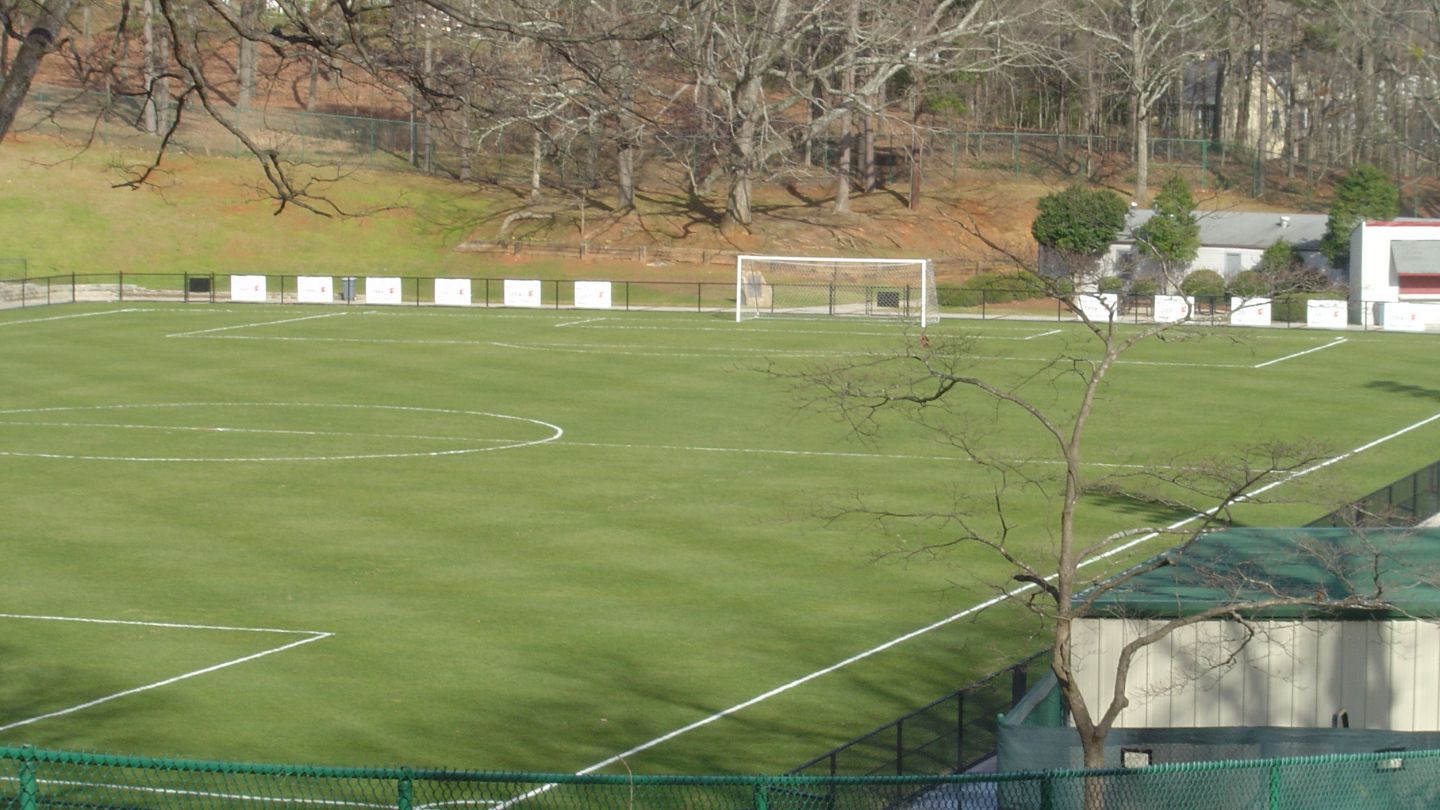
Essential maintenance tools for sports facilities include:
- Drags
- Line markers
- Line painters
- Marking templates
- String winders
- Rakes
- Shovels
- Tamps
- Hoses
- Nozzles
Proper care can extend the life of synthetic playing surfaces up to 15 years. Efficient field preparation benefits from recognizing how robot field line marking streamlines layout tasks, saving labor hours and ensuring perfectly aligned game-day markings.
Essential Machinery for Natural Grass Fields
Maintaining natural grass fields requires essential machinery like:
- Mowers: keep the grass at the right height
- Aerators: improve soil aeration and drainage, promoting robust turf health
- Dethatchers: enhance soil health and improve turf quality
Dethatchers remove thatch buildup that hinders water penetration and nutrient absorption. Regular use ensures the turf remains healthy, resilient, and capable of withstanding extensive use while maintaining its appearance throughout the season.
Tools for Synthetic Turf Maintenance
Maintaining synthetic turf requires specific tools to keep the playing surface safe and in top condition. Grooming machines and infill spreaders manage infill levels, remove surface debris, and improve turf appearance, ensuring player safety.
Equipment with rotating tines and brushes prevent compaction in synthetic turf. Regular raking and sweeping maintain turf structure and cushioning, crucial for player safety.
These tools ensure synthetic fields are as functional and safe as natural grass fields.
Smart Irrigation Systems
Smart irrigation systems revolutionize sports facility maintenance. These advanced systems lower utility bills, require less frequent operation, and contribute to healthier turf by considering real-time environmental conditions. They account for weather forecasts, soil moisture, and evapotranspiration rates, making irrigation more efficient and sustainable.
Fertilization and Soil Health Management
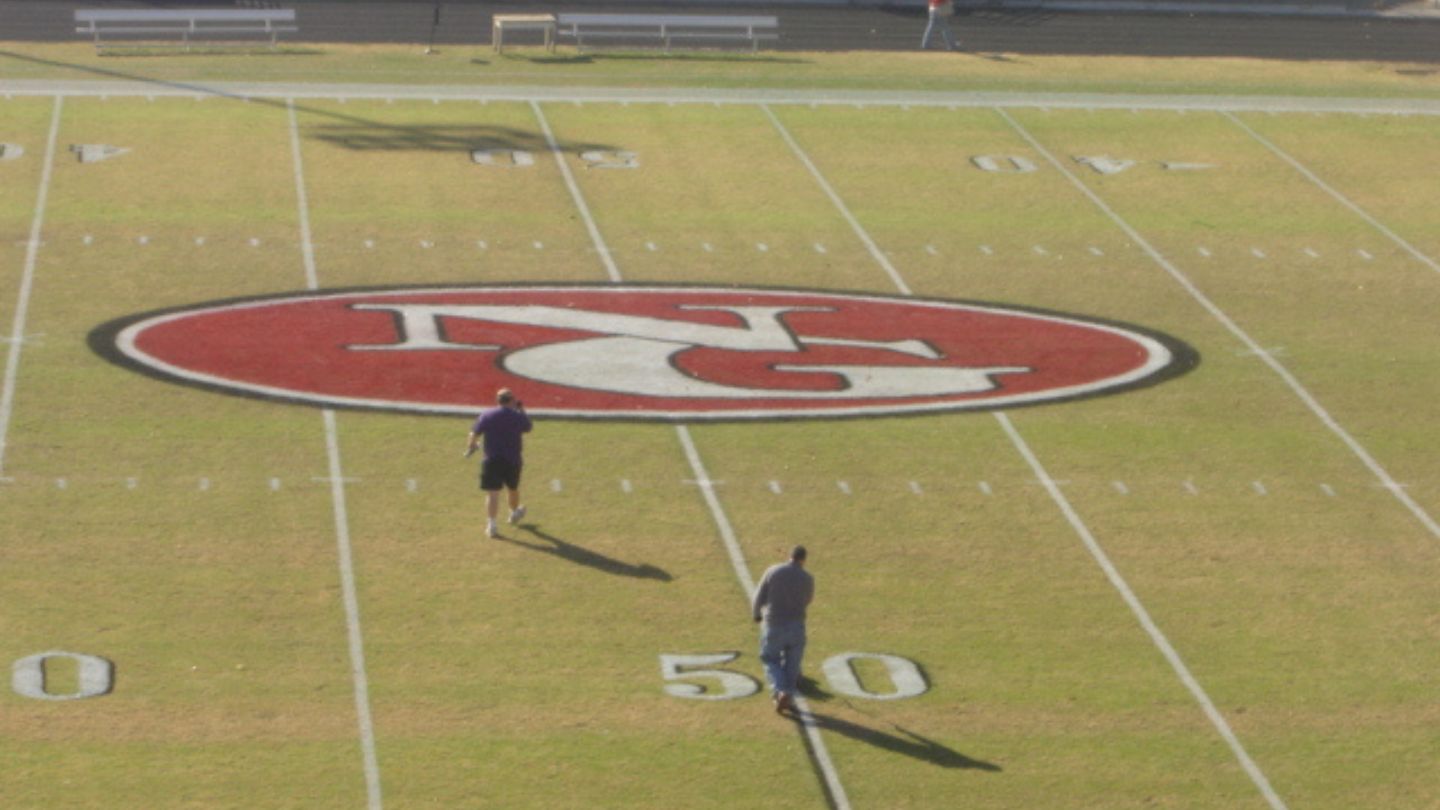
After dethatching, slice seed and fertilize to promote healthy growth. Removing organic debris prevents anaerobic bog development and improves water permeability.
Incorporating a topdressing layer improves moisture retention and enhances field appearance. Understanding the role of field marking paint in maintaining sharp, weather-resistant lines helps preserve field aesthetics while supporting overall turf management.
Seasonal Fertilization Plans
Seasonal fertilizer application maintains healthy turf, adjusting to grass type and climate conditions. Schedule fertilization from spring through summer, with applications in mid-spring, early June, mid-September, late October, and mid to late December. Nitrogen-rich fertilizers in spring assist grass growth, while slow-release products are beneficial, especially after soil testing.
For unirrigated fields, the recommended N-P-K ratio is 5-1-4, with 1 lb N per 1000 square feet per application. These seasonal plans provide the necessary nutrients for turf to thrive year-round.
Soil Aeration and Compaction Prevention
Aeration enhances drainage and nutrient absorption in soil, promoting robust turf health. After aerating, manage the cores by:
- Sweeping them up
- Dragging
- Mowing
- Using a core pulverizing machine
Avoid coring when the soil is too wet to prevent compaction and damage.
For fields with poor drainage, set vertidraining to a depth of 8’’ to 12’’ to effectively aerate the soil. Core the field during spring break and late summer when the soil is suitable for aeration. These practices ensure healthy, well-drained turf.
Topdressing and Thatch Control
Topdressing maintains an even playing surface and mitigates thatch accumulation, improving turf resilience. Recommended materials and practices include:
- Vitrified clay and calcined clay as suitable materials
- Application at approximately 0.25 inches per application
- Topdressing after aerification to help re-level low spots and amend the soil.
Improper topdressing, like using excess sand or uneven coverage, reduces turf density and slows recovery. Focusing on basic turf culture practices is often more beneficial than heavy reliance on topdressing.
Consistent topdressing is labor-intensive, but when done correctly, it significantly enhances field performance.
Overseeding and Turf Repair
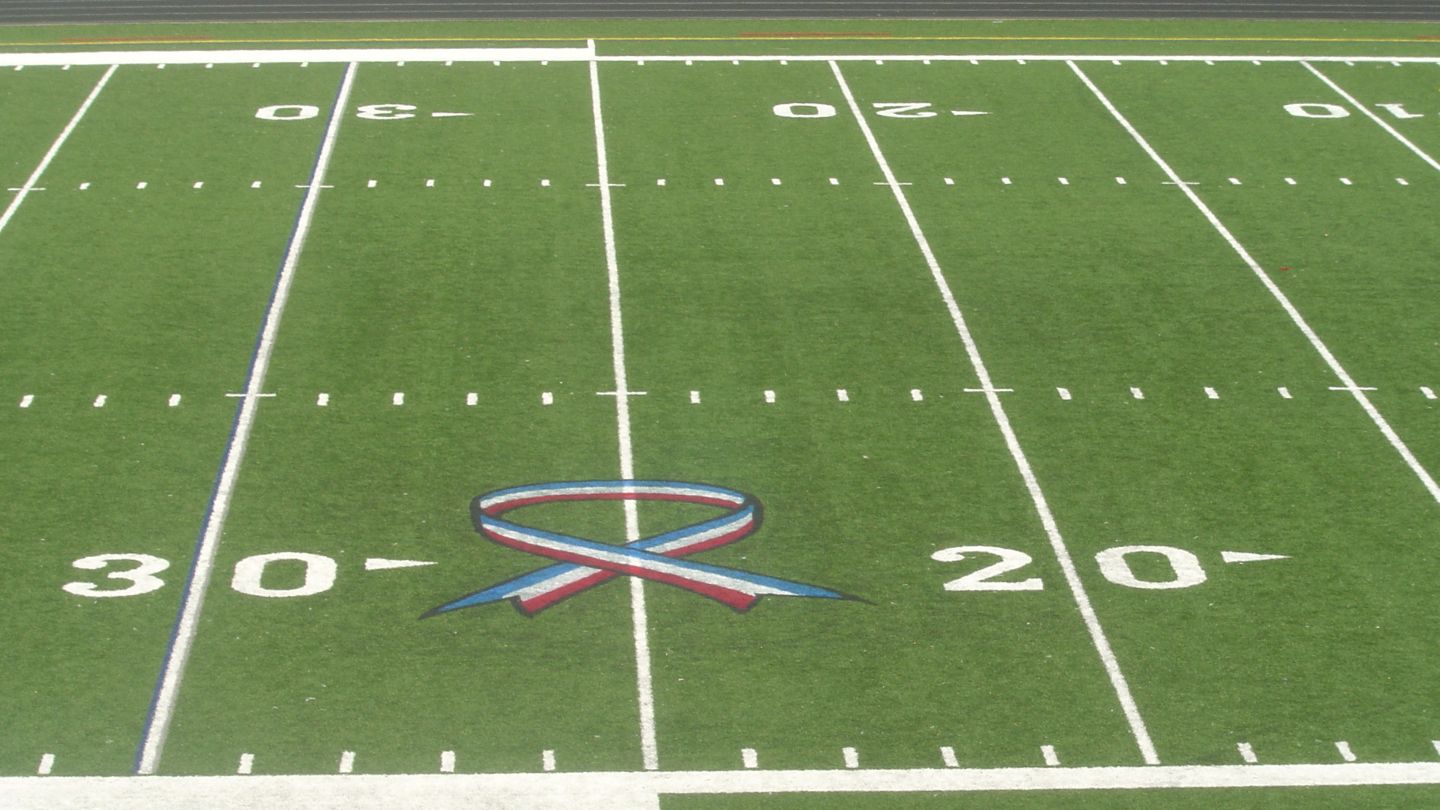
A typical field maintenance sequence includes:
- Coring
- Dethatching
- Debris removal
- Overseeding
- Topdressing
- Fertilization
These steps ensure healthy turf. Over seeding rejuvenates turf and improves playability throughout the season.
Explore the timing and techniques for overseeding, repairing high-wear areas, and preventative measures for wear and tear.
Timing and Techniques for Overseeding
Late fall is the best time for overseeding, allowing for seeding before winter. Here are some overseeding guidelines:
- Overseed the entire field one to three times a year.
- For non-irrigated fields, late fall is optimal.
- Aerify the turf before overseeding to improve soil conditions.
Target areas like goal mouths and field centers for overseeding to improve turf recovery. Use a general overseeding rate of 5 lbs of seed per 1000 sq ft for typical areas and 10 lbs per 1000 sq ft for high-traffic areas like goals.
Repairing High-Wear Areas
In heavily used areas where turf is completely destroyed, follow these steps to prepare the ground and repair surfaces:
- Till and grade before reseeding to prepare the ground for new seed, ensuring better growth and stability.
- Reseed after tilling and regrading.
- Expose clay fortification in areas like batter’s boxes to make repairs and re-level the surface effectively.
Repairing high-wear areas is essential for optimal performance and player safety. These repairs keep the field playable and safe, preventing injuries from uneven surfaces.
Preventative Measures for Wear and Tear
Field rotation maintains grass quality by minimizing repeated stress on the same areas. This involves moving goal posts to different positions to maintain green grass and reduce wear at goal mouths. Resistance from soccer clubs is a common barrier.
Despite these challenges, field rotation can extend the life of the turf and improve its appearance. By proactively managing high-wear areas and employing preventative measures, you can ensure the longevity and quality of the playing surface, making it safer and more enjoyable for athletes.
Safety Inspections and Regular Maintenance Checks
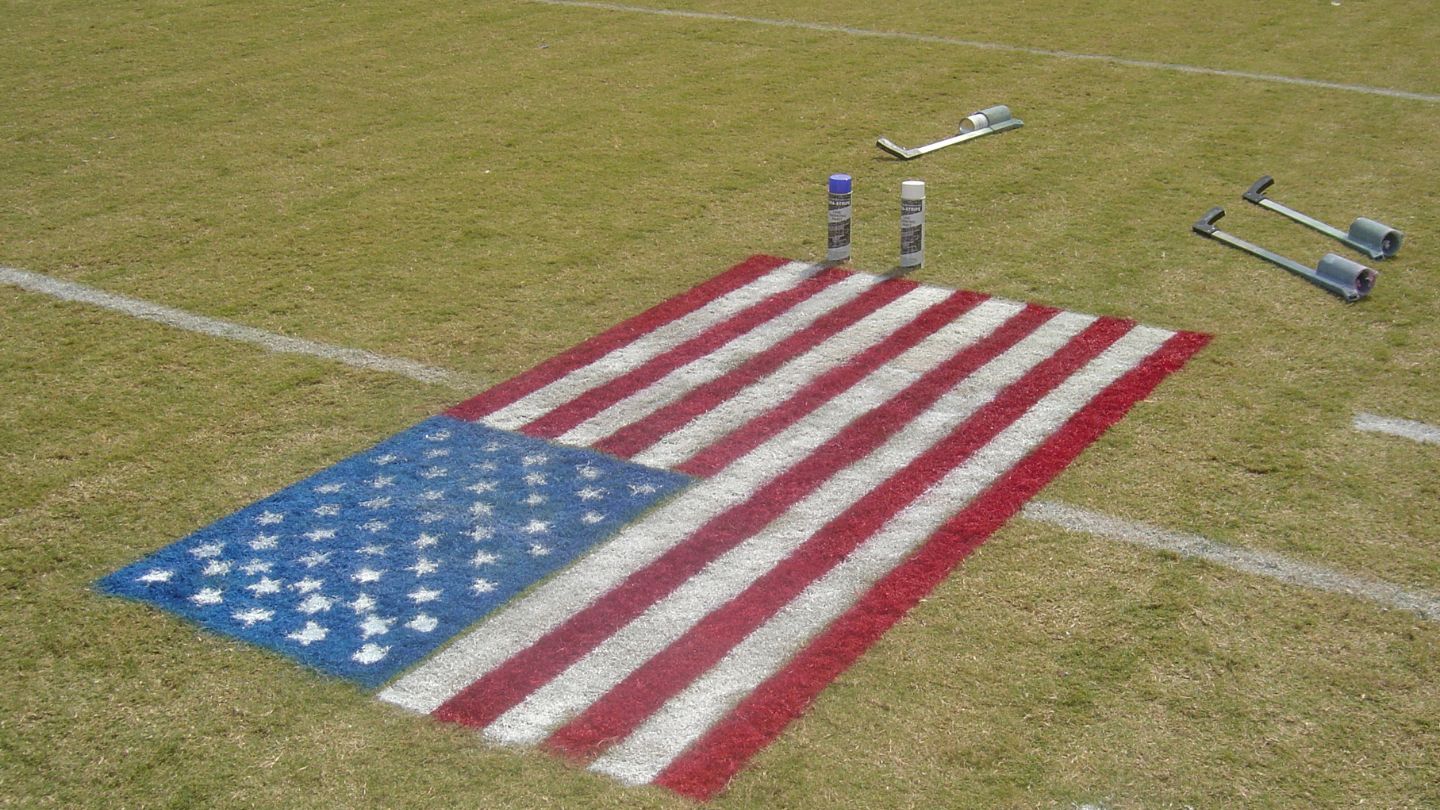
Inspecting for uneven surfaces and holes, maintaining goal posts and field edges, and scheduling regular maintenance are all part of a comprehensive safety inspection routine. These practices ensure that the field remains safe for all users and meets the necessary maintenance standards.
Inspecting for Uneven Surfaces and Holes
Accumulated debris or unattended infill materials can lead to uneven surfaces on sports fields. Common safety hazards associated with uneven surfaces include risks of tripping and slipping. Poor field conditions may account for about 21% of reported high school football injuries. This highlights the importance of maintaining safe playing surfaces and considering various factors that contribute to these conditions.
During inspections, check for any holes or torn. Additionally, look for separated seams, mildew, and missing grommets on tarps and field covers. Check the condition of facility components like backstop, fencing, netting, and benches during your inspections.
Make sure to inspect:
- the bases
- anchors
- pitching rubber
- home plate
Look for any signs of cracks, tears, or discoloration. A thorough inspection routine helps identify and address potential issues before they become major problems.
Maintaining Goal Posts and Field Edges
Goal posts require frequent checks for stability and visibility to prevent accidents during play. Key maintenance points include:
- Securely anchoring goal posts
- Regularly inspecting them to ensure they remain safe and functional
- Conducting regular maintenance checks to ensure stability, visibility, and safety for athletes.
Field markings and edges should also be maintained for clear visibility during games. Properly maintained goal posts and field edges contribute to the overall safety and performance of the sports field, ensuring that all components are in optimal condition.
Scheduling Regular Maintenance
A well-structured maintenance schedule helps ensure timely repairs and consistent upkeep of the sports facility. Establishing a systematic maintenance schedule helps in timely repairs and maintaining field quality. Regular maintenance checks and repairs are crucial for maintaining the performance and safety of the sports field.
By maintaining a structured schedule, you can achieve that all maintenance tasks are performed frequently, regularly, and consistently. This professional proactive approach helps prevent major issues and keeps the field in top condition, providing a safe and enjoyable environment for athletes.
Locker Room and Facility Cleanliness
Locker room and facility cleanliness are vital components of sports facility maintenance. Establish daily cleaning routines that include sanitizing locker rooms, restrooms, and common areas to ensure hygiene and cleanliness. Implementing effective waste management and recycling programs promotes cleanliness and environmental responsibility within the facility.
Deep cleaning and sanitization measures are essential to effectively prevent the spread of germs and maintain a healthy environment. By maintaining high standards of cleanliness, you create an enjoyable environment for athletes and staff members that is cleaned for their safety.
Daily Cleaning Routines
Daily cleaning of locker rooms should involve routine tasks such as sanitizing surfaces, restocking supplies, and ensuring proper ventilation. These practices help maintain cleanliness and hygiene in locker rooms, restrooms, and common areas, which is essential for athlete safety.
Implementing a consistent daily cleaning routine helps prevent the spread of germs and ensures a pleasant environment for athletes. By starting from the cleanest areas and progressing to the dirtiest, you can minimize cross-contamination and maintain high standards of cleanliness.
Deep Cleaning and Sanitization
Maintaining cleanliness in sports facilities is essential to prevent the spread of germs and ensure a healthy environment for athletes and staff. Daily cleaning routines should include:
- Disinfecting locker rooms
- Cleaning restrooms
- Sanitizing common areas
- Ensuring that all surfaces are regularly sanitized.
Effective waste management and recycling programs contribute to a cleaner facility and promote environmental responsibility. Periodic deep cleaning and sanitization measures help maintain a healthy environment and prevent the spread of germs, ensuring the safety and well-being of all facility users.
Waste Management and Recycling
Stadiums require strategic waste management to effectively recycle materials and minimize environmental impact. Sustainability in sports venues includes engaging fans and sponsors in eco-friendly practices to enhance community involvement.
Proper waste diversion strategies can significantly reduce the overall waste generated during sports events. Collaborating with environmental professionals helps sports facilities create effective waste management plans tailored to their specific needs. A comprehensive evaluation of existing waste management programs is crucial for developing more sustainable practices in sports facilities.
Keeping Sports Fields Game-Ready
Consistent and thorough maintenance is the backbone of safe, high-performing sports facilities. From mowing and irrigation to fertilization and inspections, every task protects turf quality, prevents hazards, and ensures long-lasting playability. A structured approach not only enhances athlete safety but also preserves the visual appeal and value of the field for years to come.
At US SPECIALTY COATINGS, we provide premium field marking paints designed to deliver crisp, professional lines that complement any comprehensive maintenance plan. Our expert team can help you choose the right products to maintain vibrant, durable markings and keep your sports fields in top condition season after season.
Frequently Asked Questions
What is the best time for overseeding a sports field?
The optimal time for overseeding a sports field is late fall, as this allows the seeds to establish before winter sets in. This timing helps ensure better growth and resilience when spring arrives.
How often should a sports field be mowed during the summer?
A sports field should be mowed at least once a week during the summer to ensure healthy growth and optimal play conditions. Regular mowing helps maintain the field’s quality and appearance.
Why is soil aeration important for sports fields?
Soil aeration is crucial for sports fields as it improves drainage and nutrient absorption, leading to healthier turf. This ultimately ensures better playing conditions and reduces compaction issues.
What specialized equipment is needed for synthetic turf maintenance?
To effectively maintain synthetic turf, you need grooming machines, infill spreaders, and equipment with rotating tines and brushes. These tools help prevent compaction and ensure safety on the surface.
How can smart irrigation systems benefit sports facilities?
Smart irrigation systems benefit sports facilities by lowering utility costs, minimizing operation frequency, and promoting healthier turf through real-time environmental monitoring. This leads to improved maintenance and sustainability of the playing surfaces.








